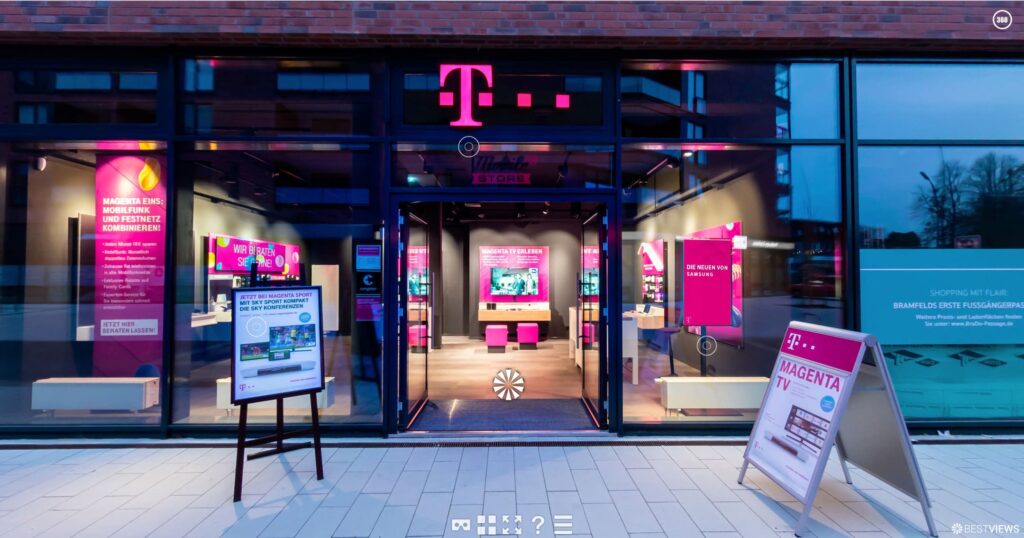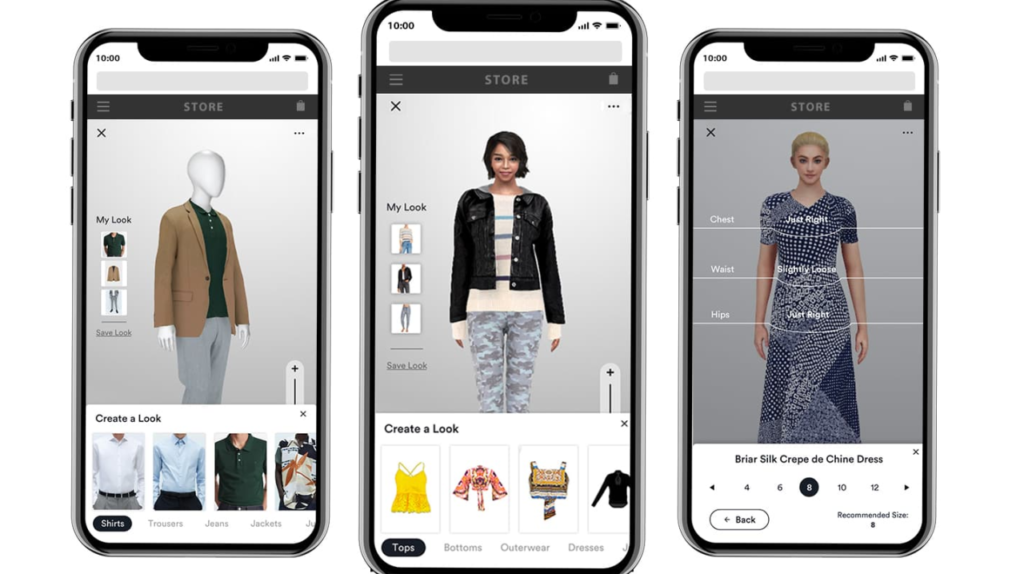Virtual Reality For Retail Industry 2025
The retail industry, renowned for its adaptability to shifting consumer needs, is now at the forefront of transformative technology – Virtual Reality (VR). Virtual Reality for retail industry helps in shopping is rewriting the rules of retail, offering an immersive, convenient, and personalized shopping experience. In this article, we’ll delve into the innovative world of Virtual Reality in retail and how it’s reshaping the way we shop.
Virtual Reality is a technology that immerses users in computer-generated environments, providing an interactive and sensory-rich experience. In the realm of retail, VR has opened up new horizons, offering a range of advantages to both shoppers and retailers.
Advantages of Virtual Reality in Retail Industry.
- Immersive Shopping Experiences: Virtual reality in retail industry allows shoppers to step into virtual stores, providing a real-world shopping experience from the comfort of their homes. They can browse aisles, pick up products, and even try them on virtually.
- Personalization: Retailers can use VR to tailor shopping experiences to individual preferences. Virtual storefronts can showcase products based on a customer’s past purchase history and preferences.
- Reduced Returns: Virtual try-ons enable shoppers to virtually try clothing, accessories, or even furniture, reducing the likelihood of mismatched expectations and product returns.
- Global Accessibility: Virtual Reality in retail industry will help Shoppers from around the world can access and shop from the same virtual store, making retail more accessible and inclusive.
- Cost-Effective Market Research: Retailers can gather valuable data on shopper behavior in VR environments, helping them understand buying patterns and preferences better.
Applications of Virtual Reality in Retail
- Virtual Storefronts: Retailers can create virtual replicas of their physical stores, offering customers an immersive shopping experience. These VR stores allow for exploration, product interaction, and virtual assistance.
- Virtual Try-Ons: Shoppers can virtually try on clothing, accessories, and even makeup, enhancing the shopping experience and reducing uncertainty about product suitability.
- Personal Shopping Assistants: VR can offer personalized shopping assistants that guide customers, recommend products, and answer queries in real-time.
- Virtual Catalogs: Retailers can create immersive virtual catalogs that allow shoppers to explore products in detail before making a purchase.
- Collaborative Shopping: VR enables shoppers to socialize and shop together in virtual environments, mimicking the experience of shopping with friends.
Conclusion
Virtual Reality in the retail is reimagining the retail landscape, making shopping more engaging, personalized, and accessible. As technology continues to advance, the potential applications of VR in retail are limitless. Whether you’re a shopper seeking a new way to discover and buy products, or a retailer looking to enhance the customer experience, immersive technology is shaping the future of retail. Embrace this technological revolution and step into a world where shopping is not just transactional, but an immersive and personalized journey. The retail industry is undergoing a profound transformation, and Virtual Reality is leading the way, redefining the retail experience as we know it.


